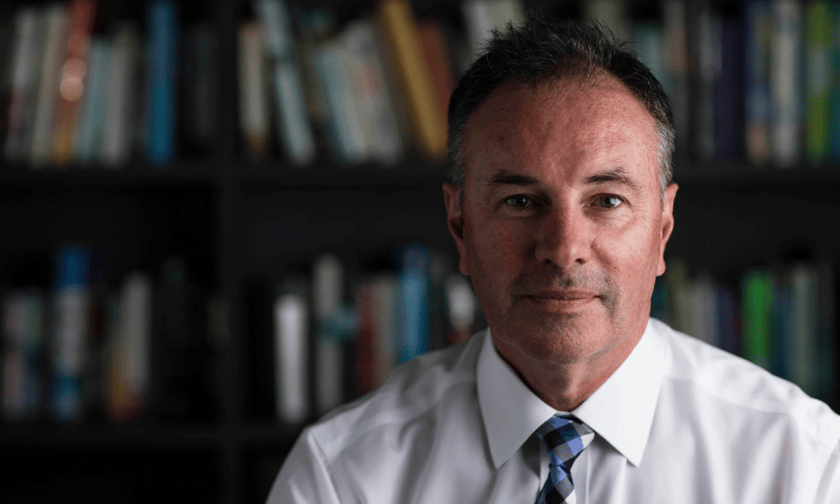

New Zealand is experiencing a marked increase in both preventative health engagement and healthcare costs, presenting new challenges and opportunities for insurers and health service providers.
nib’s February survey, which captured responses from 1,010 adults, showed that more New Zealanders are prioritising health screenings, with 72% of respondents stating they are keeping up with recommended check-ups. This reflects a six-point increase compared to data from December 2023.
Screening uptake for various health areas has shown modest improvements. Eye check participation rose to 45% from 43%, while dental and cardiovascular screenings increased to 36% and 31%, respectively. Skin cancer screenings, particularly significant in a country with one of the highest melanoma rates globally, rose from 13% to 17%.
In addition, national screening program participation improved slightly. Fewer adults reported falling behind or never having been tested for cervical, breast, or bowel cancer. Conversely, the proportion of men aged 50 to 70 who had not undergone a prostate exam increased from 60% to 64%.
However, cost remains a significant barrier. The proportion of adults citing affordability concerns increased to 36%, up from 29% in 2023. This issue was most pronounced among younger adults.
According to Aon’s 2025 Global Medical Trend Rates Report, New Zealand’s medical inflation rate has climbed sharply, reaching 14.5%, up from 7.4% in 2024. This places New Zealand among the highest globally, second in the Asia-Pacific region only to Kazakhstan.
Aon New Zealand health solutions leader Anson Davies attributed the spike to several contributing factors, including an unexpected rise in claimable procedures, a backlog of treatments delayed during the pandemic, and persistent inflation.
nib New Zealand chief executive Rob Hennin (pictured) acknowledged these trends, stating that the insurer has seen positive momentum in health awareness, but affordability and service access continue to impact many people.
“Proactive health screenings can be lifesaving, and it’s really encouraging to see that Kiwi are taking the reins when it comes to their well-being,” he said. “It’s clear to see that accessibility and cost issues continue to be barriers.”
He noted that private insurance can help alleviate some of these pressures, particularly where public resources are constrained.
Among those with private cover, 80% said they maintained regular health screenings, compared to the 72% average across the population.
Parental attitudes toward children’s health checks also shifted. Seventy-two percent of surveyed parents reported understanding the screening needs of their children, up from 58% in the previous year.
Increased participation was reported in children’s dental (66%), eye (57%), hearing (54%), and general health checks (59%). Still, 17% of parents cited financial limitations as a challenge.
